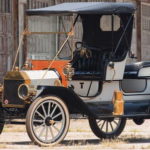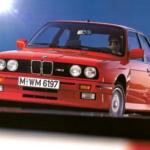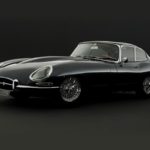Auto Union Silver Arrows - Model History
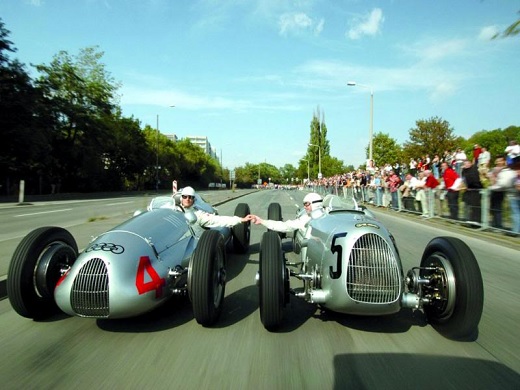
Auto Union Silver Arrows
At the 1933 Berlin Motor Show, Adolf Hitler announced two new programs in the development of the German auto industry.
One was the development of the popular KdF-wagen car, which would later gain fame in the world as the Volkswagen Beetle, and the other concerned a new racing program to show the Nazis the dominance of its auto industry. The result was the creation of two cars under the Mercedes and Auto Union designation known as the Silver Arrows, which, from 1934 until the start of World War II, dominated tracks around the world. One year before Hitler's plans, four staggered German vehicle manufacturers (Audi, DKW, Horch and Wanderer) have joined and founded Auto Union, with the aim of achieving a better market position compared to the leader Mercedes. Although all four companies continued to sell cars under their own names, they still shared the technology and provided the identical four-ring company logo. When Mercedes announced plans to compete in the auto sport for the 1934 season, Auto Union could not react and the second largest German vehicle manufacturer announced its competitor.
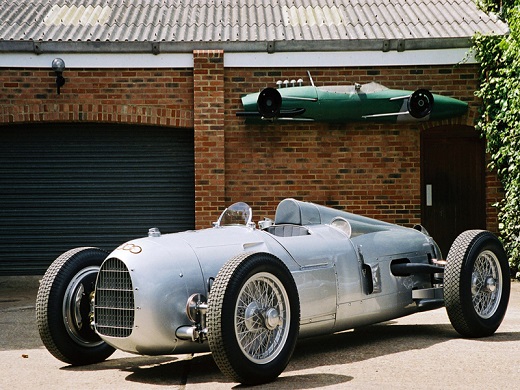
However, with no experience in auto sport, Auto Union had no easy job ahead of itself, and Ferdinand Porsche and Adolf Rosenberger, who were already in the process of developing a new car for the Grand Prix, were called in for help. Porsche previously worked for Austro Daimler and Mercedes, where he designed the highly successful S-Type race car, while by the early 1930s Rosenberger already had years of experience behind him and managed to convince Porsche that Auto Union was their chance to continue their dominance. From the outset, Porsche and Rosenberger agreed that such a car must have a centrally positioned engine for better weight distribution and lower vehicle height. The new rules required that the weight of the vehicle should not exceed 750 kg, which expected that most teams would not be able to make an engine larger than 2.5L. However, Porsche has decided to use a large V16 engine and its low weight has been achieved thanks to the use of aluminum to a great extent.
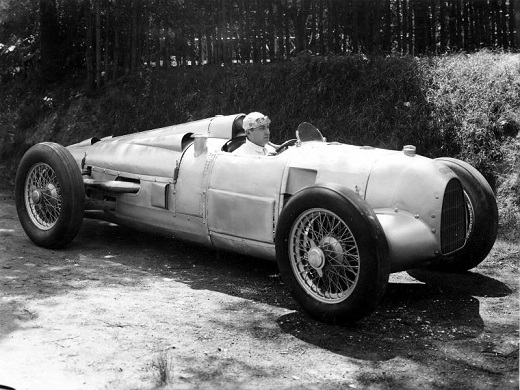
The total engine size was 4.4L, and the power was 295 hp at 4,500 RPM, which was transmitted to the wheels via a five-speed manual transmission. For design, Porsche used the 1923 Mercedes Tropfenwagen as its inspiration, and the final result brought the lines unseen for such a period. This car, known as Auto Union Type A, debuted on the Avus domestic track in May 1934. New racing Mercedes made their debut as well, but a mechanics problem forced the German giant to withdraw from the first race of the season. However, the competition was fierce, especially in the form of the French Bugatti and the Italian Alfe Romeo and Maserati. Auto Union driver Hans Stuck took the lead right from the start and already had about a minute's lead after the first lap. However, by the end of the Type A race, drivers started giving up one by one because of clutch problems.
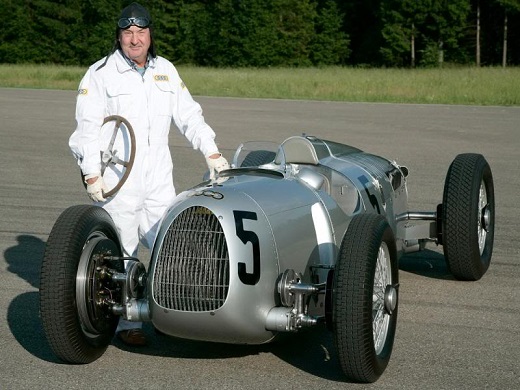
The first two places were taken by Alfe Romeo while the only Auto Union driver to finish the race was August Momberger in third place. Although the team did not hide their disappointment, especially after a great first round, the potential was seen in the first three of the season. Over the next few races, Auto Union's performance was overshadowed by the Mercedes dominance that rallied the all-star team around, with only Stuck able to resist, winning the very important Grand Prix at the famous Nurburgring. However, while Auto Union could not rival Mercedes on the plain, it was a completely different story at the hill races and Stuck won four such races in 1934. In order to break the dominance of rivals, Auto Union was able to sign driver Alfa Romeo's Archille Varzi, and later great young talent Bernd Rosemeyer was signed. By 1935, Auto Union also debuted a new Type B car that was almost identical to the earlier Type A, but had a larger supercharger as well as a new 5.0L V16 engine with 375 hp at 4,800 RPM.
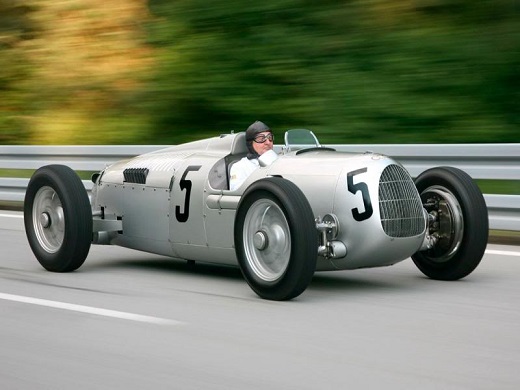
Varzi proved to be a big boost when he won the Grand Prix of Tunisia already in his debut, but still behind the wheel of the older Type A. Type B made his debut in the next race of the season, but lost a lot of time in the pit stop when the tire burst at a speed of 290 km / h. Tires have just proven to be the biggest problem for Auto Union cars, which regularly shoot at high speeds, so it has become clear that tire technology has not yet advanced sufficiently to cope with the performance of Grand Prix cars. By the end of the season, the Mercedes W25, which provided a 3.7L I8 engine, was largely dominant, with the only victory of the Auto Union in the Italian Grand Prix when all Mercedes gave up after mechanical problems. After a very disappointing 1935 season, largely in the shadow of the Mercedes, Porsche decided to introduce a new Type C, with a 6.0L V16 engine and as much as 520 hp at 5,000 RPM.
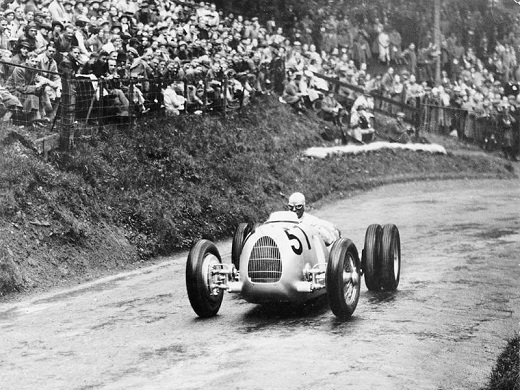
New design lines also debuted, and such low-weight power indicated that the Type C was very difficult to control and it was not uncommon for tires to slip at 160 km / h. Only Rosemeyer and somewhat Stuck managed to control the Type C, but neither did Mercedes sit with its arms folded. Specifically, for 1936 the engine size in the W25 was increased to 4.7L, but the season began promisingly for Auto Union and Varzi won the first race of the season, in Italy, following team orders to slow Stuck to the finish as he led. Stories say that Nazi Germany's leaders demanded that the Italian driver win the domestic market with the hope that Italy could join Germany in World War II, which was in the final stages of preparation. Resemeyer won the next four races (two in Germany and one each in Switzerland and Italy) and won the first title for Auto Union, and the success was even greater with Stuck finishing second.
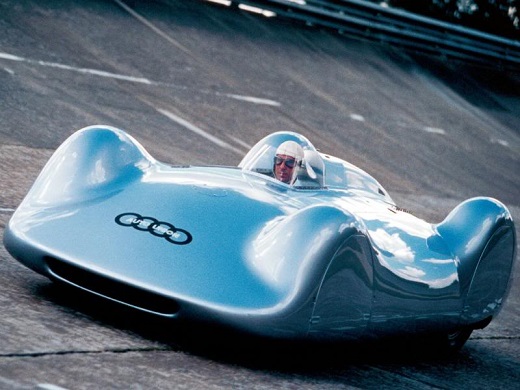
As Ferdinand Porsche began concentrating on working on the new Volkswagen Beetle, Auto Union made no major changes to the 1937 season, which proved to be a mistake, as Mercedes debuted a new 575-hp engine. Although Rosemeyer and Stuck were able to win several races, Auto Union generally played a supporting role. New rules were introduced for 1938, including a maximum engine size of 3.0L, which debuted the new Type D, with a 3.0L V12 engine and 485 hp at 7,000 RPM. Porsche left the team to concentrate more on Beetle, and his place was filled by Eberan von Eberhorst. If it wasn't a big enough hit for Auto Union, then Rosemeyer's early death certainly rocked the team. Specifically, the 28-year-old star was killed during a Type C test on Autobahn. He was replaced by the famous Italian rider Tazio Nuvolari, who managed to win the Italian and British Grand Prix, but again it was impossible to compete against Mercedes.
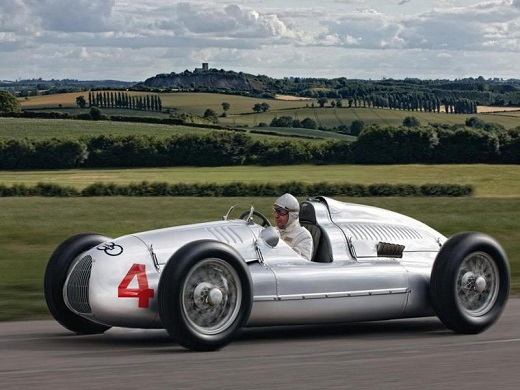
In 1939, the Nuvolari won the Grand Prix of Yugoslavia, the new driver Hermann Muller won the French Grand Prix, and with other places in the Grand Prix of Belgium and France the Auto Union finished once more behind the Mercedes. Germany's invasion of Poland soon saw the start of World War II, which also marked the end of Auto Union's racing career. During the war, 18 racing models were kept in the city of Zwickau, which also housed the headquarters of the Auto Union, and remained there until 1945 when they were found by the Russian army and sent back to Russia for analysis. After detailed analysis, the cars are believed to have been sold to waste, where they were destroyed. It is estimated that none of Type A and Type B survived while only one Type C and three Type D survived. The only Type C is the one Rosemeyer operated, and after his death, it was sold to the German Museum. The car managed to survive the war, and in 1979 Audi completely restored it and is now in the museum. One of the three Type D survivors was also expected to end up in waste in Latvia, but survived and remained at the Riga Museum until 1997 when he was returned to Audi in exchange for an identical replica.
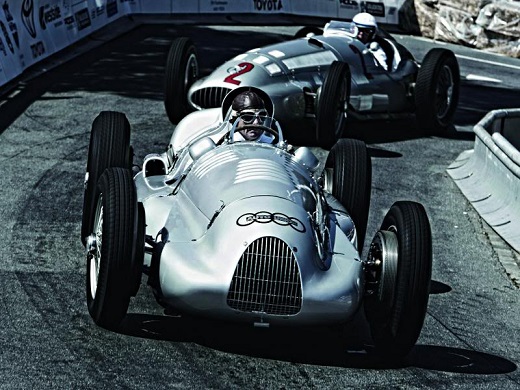
In any case, centrally mounted engine technology, which was ahead of its time during the 1930s, gained popularity during the 1960s, and it is believed that this would have happened before without war. Auto Union continued to produce serial models until the early 1970s, when it was purchased by Volkswagen, with all divisions shut down with the exception of Audi. However, his cars are catching a lot of attention again, especially racing models. While many will say that the biggest rivalry in the world of auto sports was seen between Ferrari and Ford at LeMans during the 1960s, others still say that Auto Union and Mercedes with the legendary Silver Arrows runners.
Author: Talladega
Images: Auto Union
Retrieved from: www.brzabrzina.com
Recommendation of similar texts:

Hi there, I am Mladen and I am an auto enthusiast. I started this blog years ago to help like minded people share information about latest cars, car servicing ideas, used car info, exotic cars, and auto technology. You will find helpful articles and videos on a wide variety of cars - Audi, Mercedes, Toyota, Porsche, Volvo, BMW and much more. Ping us if you have anything cool to share on latest cars or on how to make older cars more efficient, or just want to say hi!

